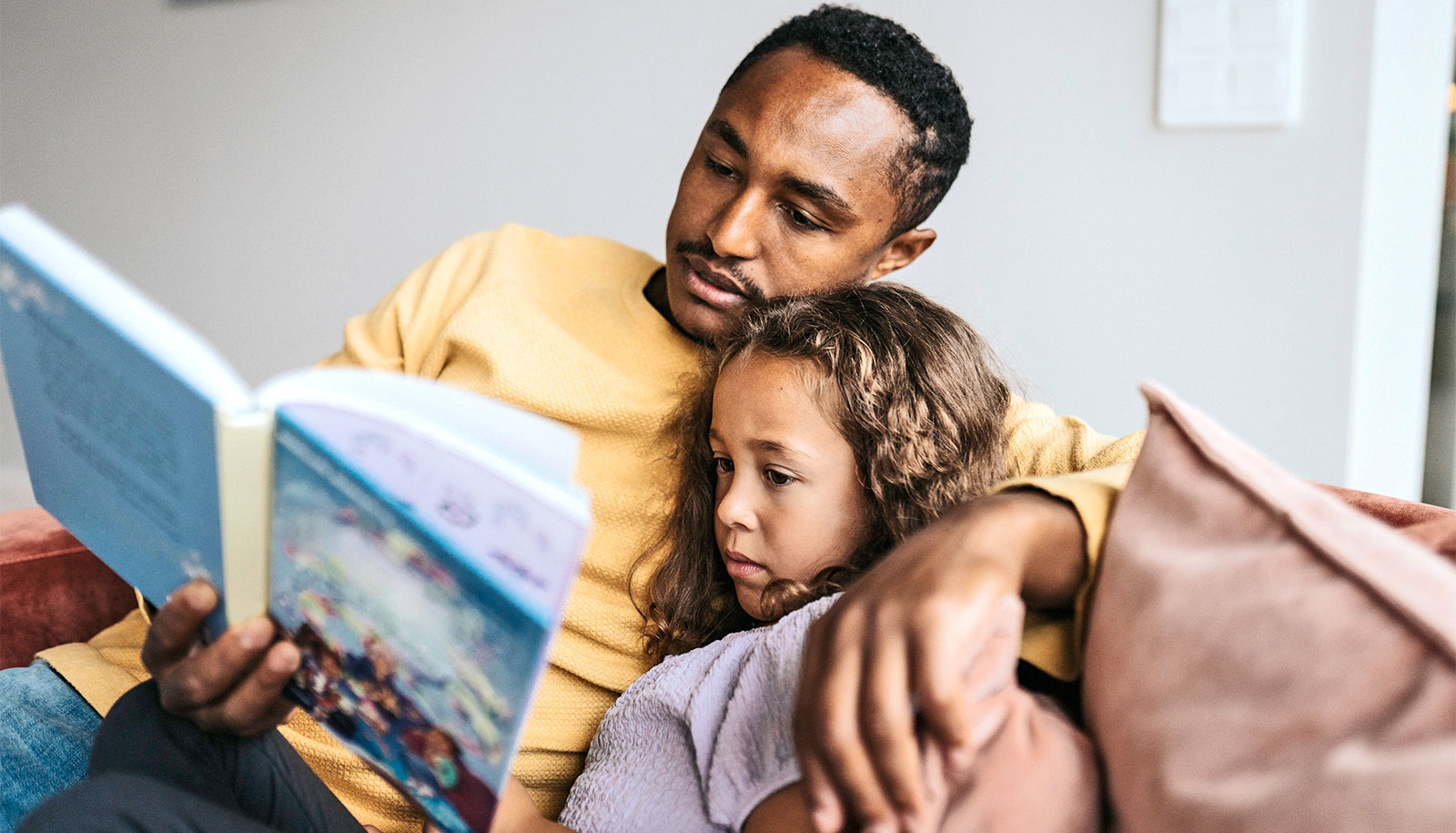Apps for kids that encourage interactions between parents and their children can offer the same benefits to developing minds as analog toys do, according to a new study.
The average preschooler watches more than three hours of TV, film, and other video programming each day.
“I want to arm families with data to create consumer demand for thoughtful designs,” says Alexis Hiniker, an assistant professor at the University of Washington’s Information School and coauthor of two papers presented at CHI 2018.
“Kids are going to consume content. If they’re going to consume content it should be high-quality.”
App designers have choices, Hiniker says, and the power to either hijack kids’ attention or to respect it, to create experiences that enhance daily life or disrupt it. And parents, through their purchasing power, have the ability to spur the industry to create better apps.
“Kids are going to consume content,” Hiniker says. “If they’re going to consume content it should be high-quality.”
Three key features
In the first paper, researchers demonstrate that when parents and children share play with a digital device, both are less engaged than when they play with a traditional, non-digital toy. But, that doesn’t necessarily make playing with the device a negative experience.
Studies on how parents and children engage with both digital devices and traditional toys can help guide app developers and device makers.
Designers should incorporate a role for parents when designing apps for children, such as:
- Easily permit multiple users in apps
- Design apps that the use can interrupt
- Include specific roles for parents in the app
The content’s presentation should also let children to make decisions on their own about whether to continue to play with the digital device or put the iPad down.
Auto-play problems
That was what the researchers had in mind when they created “Coco’s Videos,” which they presented in the second paper.
“We wanted a more rigorous understanding about what our kids experience with these apps,” Hiniker says.
Researchers designed “Coco’s Videos” to see what preschoolers would do when presented with different options about watching online videos. Kids in the study were given iPads containing three different versions of an app that showed a pre-planned playlist of videos from YouTube.
One version would lock them out of watching future videos, allowing only one video per session. Another version prompted them to play another activity, encouraging the child to put down the player. A third version used auto-play to continue watching new videos.
The options let researchers observe how likely kids were to put down the iPad during play, even when the videos continued uninterrupted.
“We demonstrated experimentally that you can systematically change the design of an app to undermine kids’ autonomy or to foster it,” Hiniker says.
It’s not surprising that the preschoolers were overwhelmingly tempted to continue to watch when the video automatically kept serving up a new selection.
These apps boost literacy of struggling young readers
Just like adults with services like Netflix or YouTube, children stayed put to watch what was played next. Further, these auto-play features frustrated parents and gave children fewer opportunities to decide on their own to put down the device.
“One thing that came up a lot was how frustrating auto-play was,” Hiniker says.
With auto-play, the child continued watching the video despite prompts from the app to make plans for other kinds of playtime. It’s as if the app developer wanted to attract and hold the child’s attention indefinitely.
“As soon as the next one starts, it’s so much harder to stop,” says coauthor Julie A. Kientz, an associate professor of human centered design and engineering.
If play is good for kids, does Minecraft count?
Adults can help improve apps for kids by making thoughtful purchase decisions and supporting apps that both educate and offer breaks—and they should demand quality designs. “You have power as parents to request this,” Kientz says. “Vote with your dollar.”
Other coauthors are from the University of Washington, the University of Michigan, and Microsoft. The University of Washington Royalty Research Fund and Microsoft funded the work.
Source: University of Washington



